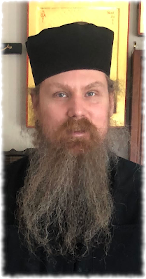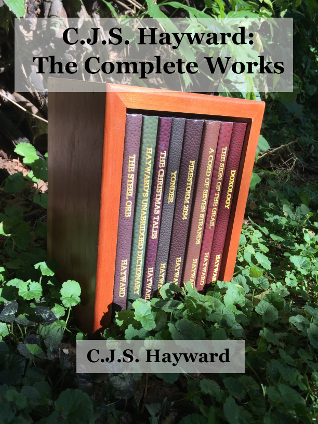One time at lunch, my best friend Robin gave me a pen and a piece of paper, and asked me to name twenty items (whatever I wanted) for him to write down. He looked at the paper for about a minute, and then handed it back to me. Then he recited all twenty items. Then backwards. Then he invited me to quiz him. If I gave a number, he gave the corresponding item. If I gave an item, he told me its number.
He explained that he was reading a book of powerful ways to apply a simple memory technique. That particular book wasn't magical; any of several others would have worked just as well, but there is useful memory technique that isn't taught as widely here as it has been. Later, I asked for the title, and read the book. I stopped partway through, but the portion I read and acted on was very useful.
When I go to a library, I no longer need to write call numbers down. It's quite a convenience not to have to hunt for pencils and paper. It's nice, when I'm falling asleep and remember something for tomorrow, to know I can remember in the morning without writing it down. I've learned to read Latin in a month, which may help me get into a good graduate school.
Before I go further, I want to address one concern a friend raised. In essence, she said, "You can use this, but you're brilliant. Will it work for the rest of us?" The answer to that is a resounding yes.
This works on the same principle as material that is taught in special education so mentally retarded students can helpfully interact with the rest of us. It doesn't require an abstract mind because it works very concretely, and I had to work a little harder to use them than most other people would. You don't need to think like me to use it; it works for all kinds of people.
There's a way of linking two things together, called pegging: you have some pegs that you can hang things on. To do that, you represent each one with an image, and imagine some vivid, ludicrous, surreal, dreamlike image combining those two. Suppose that you want to peg the word 'transcribe' to your toes. How can you do that?
Remember when you were a child, and played with rebuses. You see an image of a hat next to several ones. Does it make any sense? At once! Or, more properly, you looked at it a little while, and then realized that "hat ones" sounds almost the same as "At once!" And you solved the rebus.
I want you, after reading this, to close your eyes and imagine something. We're going to break down the word 'transcribe' into 'train' and 'scribe'. To put them together, imagine that there's a commuter train rushing by, and on top of it is a giant scribe, sitting so he straddles the train, writing great, flaming letters on top of the train. He starts at the front, and slides back until he falls off the last car. Close your eyes and imagine for a moment; that's the representation of 'transcribe'.
Now imagine that your big toenail is a tunnel, like a train's tunnel into the mountain, and imagine that just after the scribe falls off the train, it vanishes into that hole. Imagine it vividly.
Or for another example: suppose you need cucumbers for your kid's project, and want to remember them when you stop by the grocery store. Imagine an inch-long black spike growing out of your heel, pointed down and back. Now imagine you are kicking and puncturing a cucumber with your heel again and again, until the cucumber looks like Swiss cheese—and then you use the spike to cut away one end of the cucumber and hollow it out, and slide the end over the spike so you have a Swiss cheese cucumber peel sticking to your foot.
Now imagine that you also need butter, so you imagine that you have a stick of butter on your knee, which you are using like an ice skate, kneeling, to move around a giant frying pan.
Think about your toes. What do you remember? Your heel? Your knees?
That's the basis for pegging. You can use different parts of your body to store things, and now when you think about your toes, you'll remember the train with flaming letters disappearing, and the scribe, and you can solve the rebus to remember the word: transcribe.
I suggest the following list of parts of your body to use as pegs. Stand alone somewhere and say, "One, toes... Two, heel..." aloud while touching that part of your body. I felt sheepish when I did it, but that gives you and me a solid place in memory to put things, and it's well worth it:
- Toes
- Heel
- Ankle
- Knee
- Thigh
- Waist
- Ribs
- Spine
- Fingertips
- Knuckles
- Palm
- Wrist
- Elbow
- Shoulder
- Neck
- Chin
- Lips
- Nose
- Eyes
- Ears
Print this page out if you need to. It's worth it. If you'd like a book that explains this more easily, something meant to be doable and practical, I've found Kevin Trudeau's Mega Memory to be an excellent introduction. Pick up a copy and give it half an hour a day.

